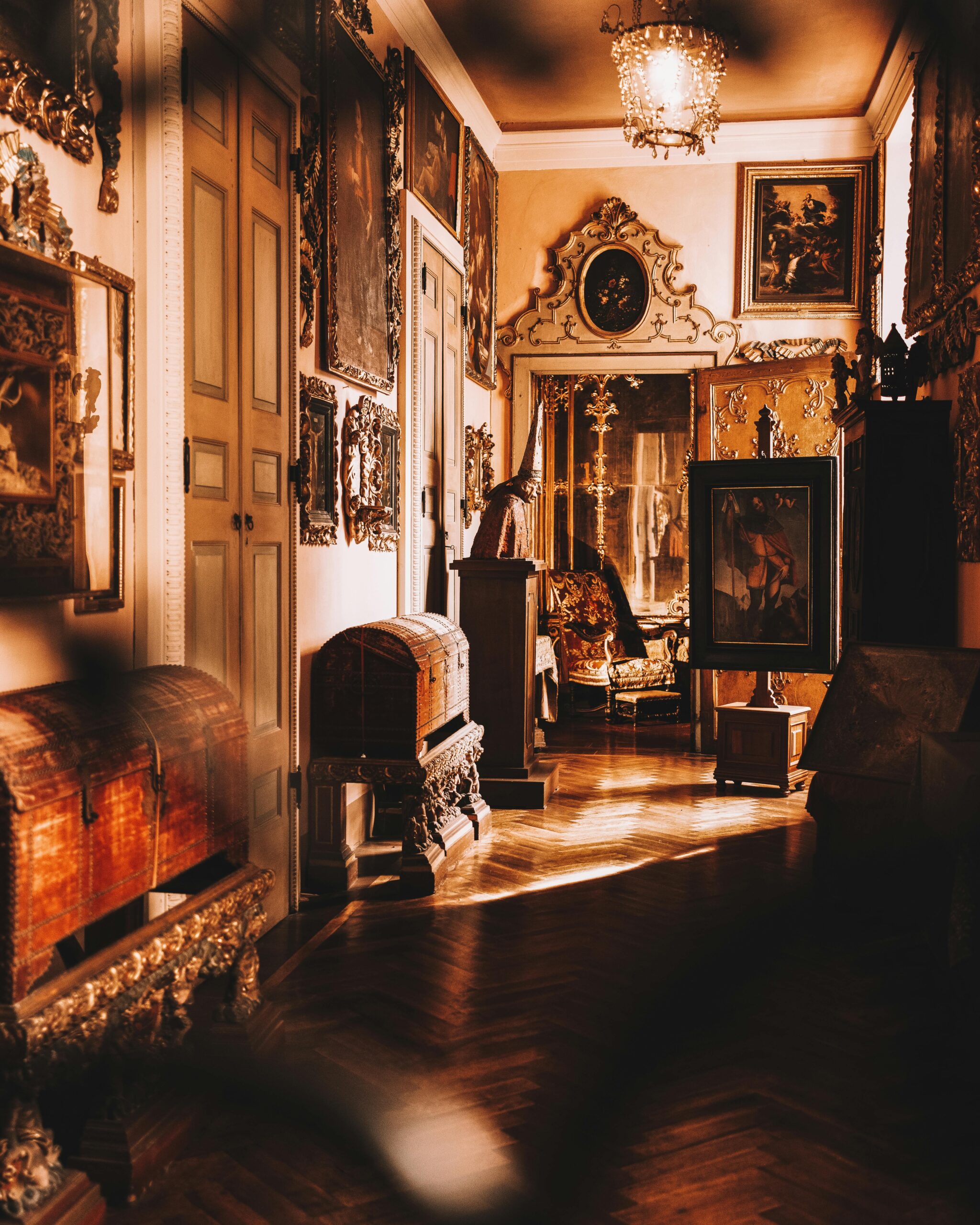Explore the rich history, diverse styles, and growing presence of Italian furniture in India.
Italian furniture is synonymous with elegance, quality, and innovation. Its rich history, diverse styles, and growing presence in markets like India make it a fascinating subject to explore.
A Brief History of Italian Furniture
The roots of Italian furniture can be traced back to ancient Rome, where craftsmanship was highly regarded. The Romans favored luxurious materials, including marble, wood, and metals, often decorating their homes with finely crafted furniture that emphasized both functionality and aesthetics. After the fall of the Roman Empire, the Renaissance period marked a significant revival of arts and crafts in Italy, with furniture becoming an essential part of aristocratic life.
During the Renaissance, furniture makers began to experiment with different styles and techniques. The introduction of perspective in art led to innovative designs that emphasized proportion and harmony. Influential families, such as the Medici, commissioned furniture that displayed both wealth and artistic prowess.
The Baroque period followed, characterized by dramatic forms and lavish ornamentation. Italian craftsmen employed intricate carvings, gilding, and rich fabrics, creating pieces that were both grand and opulent. As the Enlightenment emerged, the focus shifted to more practical and comfortable designs, leading to the development of Neoclassicism, where simplicity and symmetry became key.
The 20th century saw Italy at the forefront of modern furniture design. Influential movements like Futurism and Rationalism challenged traditional forms, promoting innovative materials and techniques. Designers such as Gio Ponti, Ettore Sottsass, and the members of the Memphis Group revolutionized the industry, merging art and functionality.
Key Styles of Italian Furniture
Italian furniture is renowned for its diverse styles, each reflecting different cultural influences and design philosophies:
1. Renaissance: Characterized by rich woods, intricate carvings, and classical motifs, Renaissance furniture often features elaborate designs that celebrate beauty and craftsmanship.
2. Baroque: This style is marked by grandeur and extravagance, with pieces often adorned with gilding, curvilinear forms, and elaborate upholstery. Baroque furniture is designed to impress, making a bold statement in any space.
3. Rococo: Evolving from the Baroque style, Rococo furniture is lighter and more playful, often featuring asymmetrical designs, delicate carvings, and pastel colors. This style embodies a sense of whimsy and elegance.
4. Neoclassical: Inspired by ancient Greece and Rome, Neoclassical furniture emphasizes simplicity and proportion. It often features straight lines, classical motifs, and a restrained color palette, appealing to those who favor timeless elegance.
5. Modern and Contemporary: Italian modern furniture is celebrated for its innovation and functionality. Designers experiment with materials like glass, metal, and plastics, creating sleek and minimalist pieces. The contemporary style often combines traditional elements with modern aesthetics, resulting in versatile and unique designs.
6. Industrial: The industrial style, influenced by urban design and factory aesthetics, utilizes raw materials and a utilitarian approach. Italian designers have embraced this trend, creating furniture that blends industrial elements with modern elegance.
The Presence of Italian Furniture in India
The demand for Italian furniture in India has grown significantly over the past few decades. As the Indian economy expands and the middle and upper classes increase in purchasing power, there is a rising interest in luxury home decor and interior design.
1. Luxury Market: Italian furniture brands such as Poltrona Frau, B&B Italia, and Minotti have established showrooms in major Indian cities like Mumbai, Delhi, and Bengaluru. These brands cater to affluent customers seeking high-quality, stylish pieces for their homes. One notable luxury store is The Great Eastern Home in Mumbai, which showcases an exquisite selection of Italian furniture, alongside pieces that reflect global design trends. This store caters to affluent customers seeking high-quality, stylish pieces for their homes.
2. Interior Design Influence: Italian design philosophy emphasizes aesthetics, functionality, and craftsmanship. Indian interior designers are increasingly incorporating Italian furniture into their projects, blending it with local elements to create unique spaces that reflect both cultures.
3. Customization: Many Italian furniture brands offer customization options, allowing Indian customers to adapt designs to fit local tastes and requirements. This adaptability has made Italian furniture appealing, as it can complement various interior styles.
4. Sustainability: As sustainability becomes a crucial consideration in design, many Italian furniture brands are focusing on eco-friendly materials and production methods. This aligns with the growing awareness of sustainable living among Indian consumers, further enhancing the appeal of Italian furniture.
5. Cultural Exchange: The influx of Italian design influences has sparked a cultural exchange in India. Events such as design fairs and exhibitions celebrate this collaboration, showcasing the synergy between Italian craftsmanship and Indian artistry.
Conclusion
Italian furniture represents a rich tapestry of history, style, and craftsmanship that resonates globally. Its presence in India is a testament to the growing appreciation for luxury and design. As Indian consumers seek to enhance their living spaces with exquisite pieces, the allure of Italian furniture will continue to thrive, merging tradition with modern sensibilities. Embracing this beautiful blend can elevate any home, making it a canvas for both aesthetic beauty and functional elegance.

